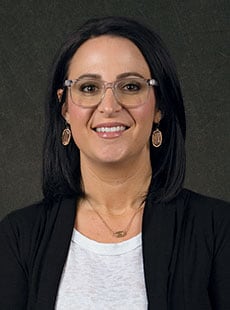Lesson Plans
U.S. II Strand 6: ANOTHER GLOBAL CONFLICT AND THE BEGINNINGS OF THE COLD WAR
(Ca. 1930-1950) U.S. II Standard 6.1:
This four-lesson curriculum unit will examine the nature of what Winston Churchill called the "Grand Alliance" between the United States, Great Britain, and the Soviet Union in opposition to the aggression of Nazi Germany and Imperial Japan.
![]() http://www.uen.org - in partnership with Utah State Board of Education
(USBE) and Utah System of Higher Education
(USHE). Send questions or comments to USBE
Specialist -
Robert
Austin
and see the Social Studies website. For
general questions about Utah's Core Standards contact the Director
-
Jennifer
Throndsen.
http://www.uen.org - in partnership with Utah State Board of Education
(USBE) and Utah System of Higher Education
(USHE). Send questions or comments to USBE
Specialist -
Robert
Austin
and see the Social Studies website. For
general questions about Utah's Core Standards contact the Director
-
Jennifer
Throndsen.


 UTAH EDUCATION NETWORK
UTAH EDUCATION NETWORK

 Justin
Justin Braxton
Braxton Dani
Dani Kayla
Kayla Katie
Katie Lora
Lora Rob
Rob Val
Val
